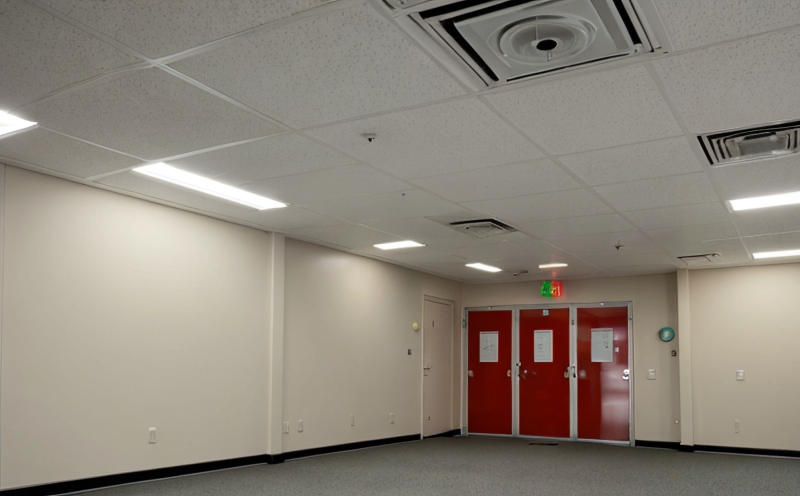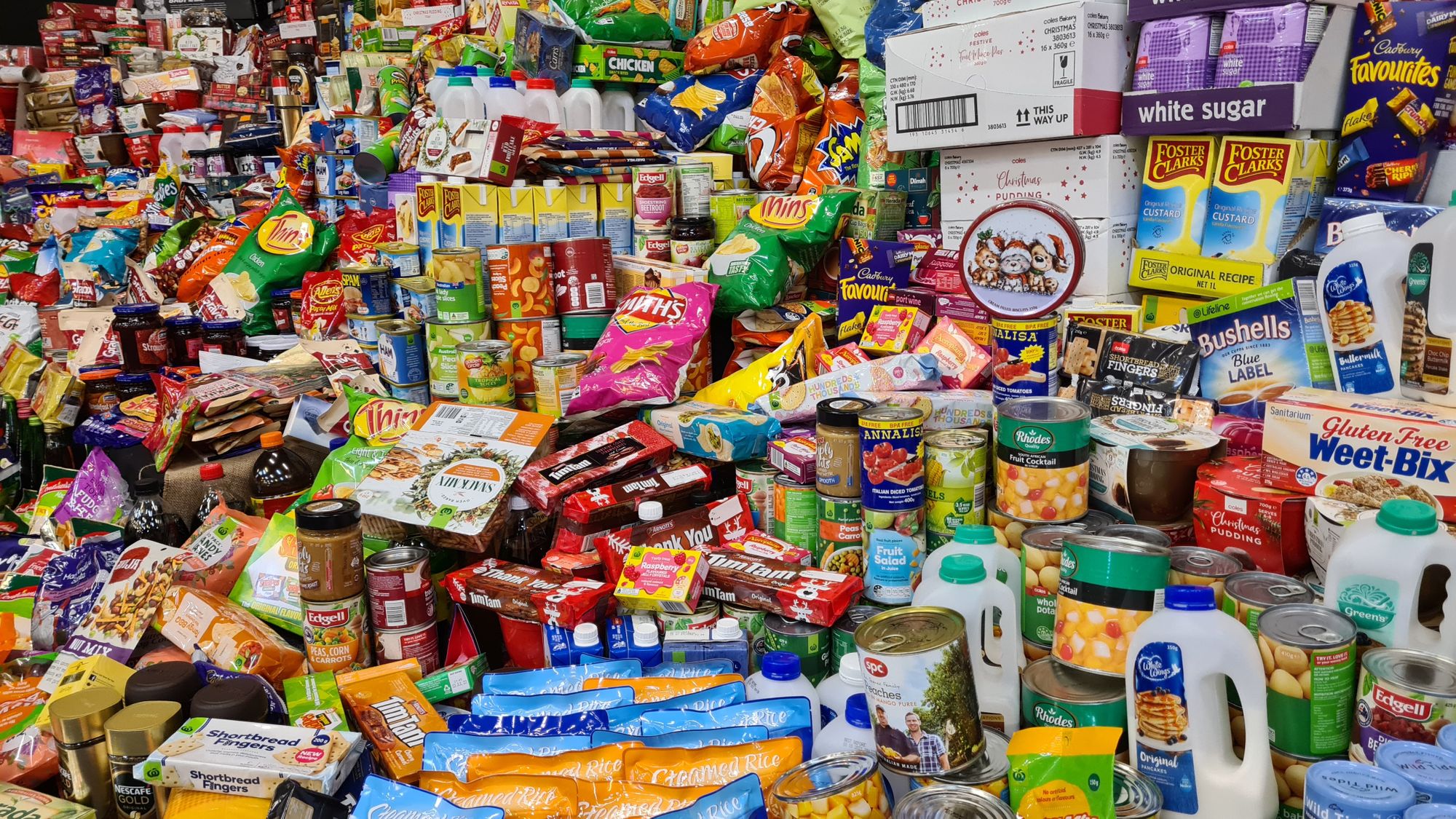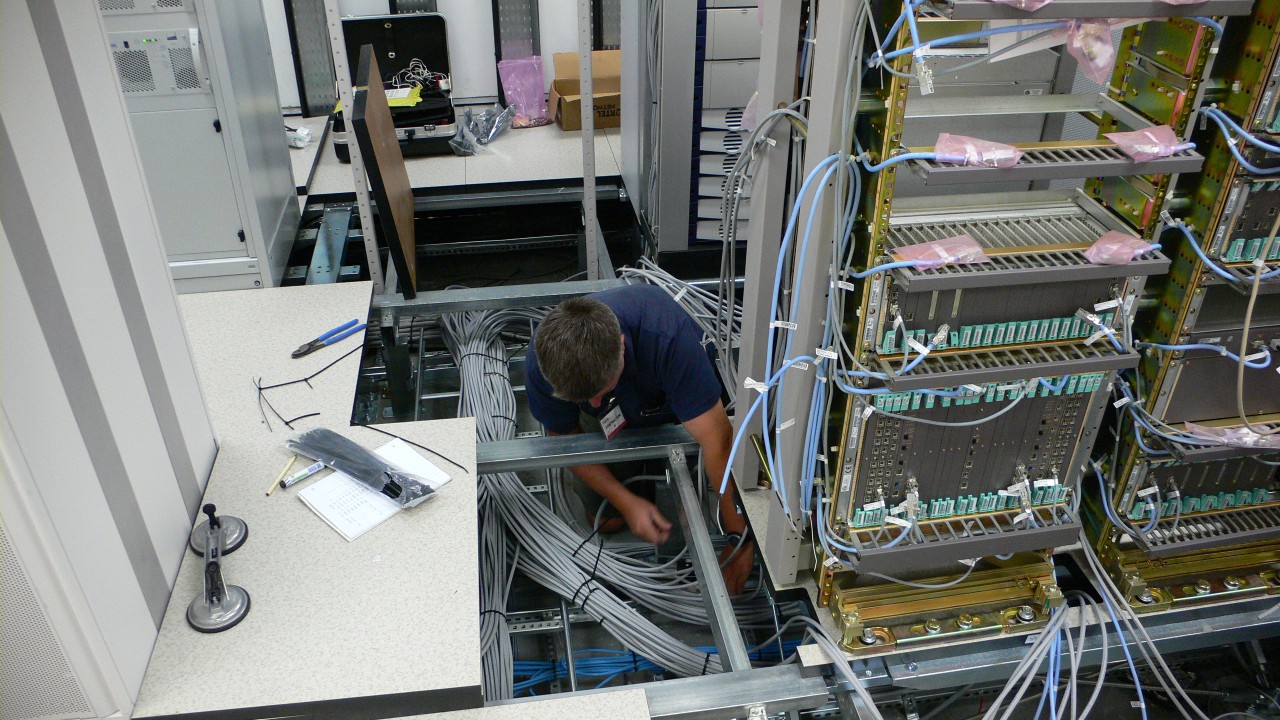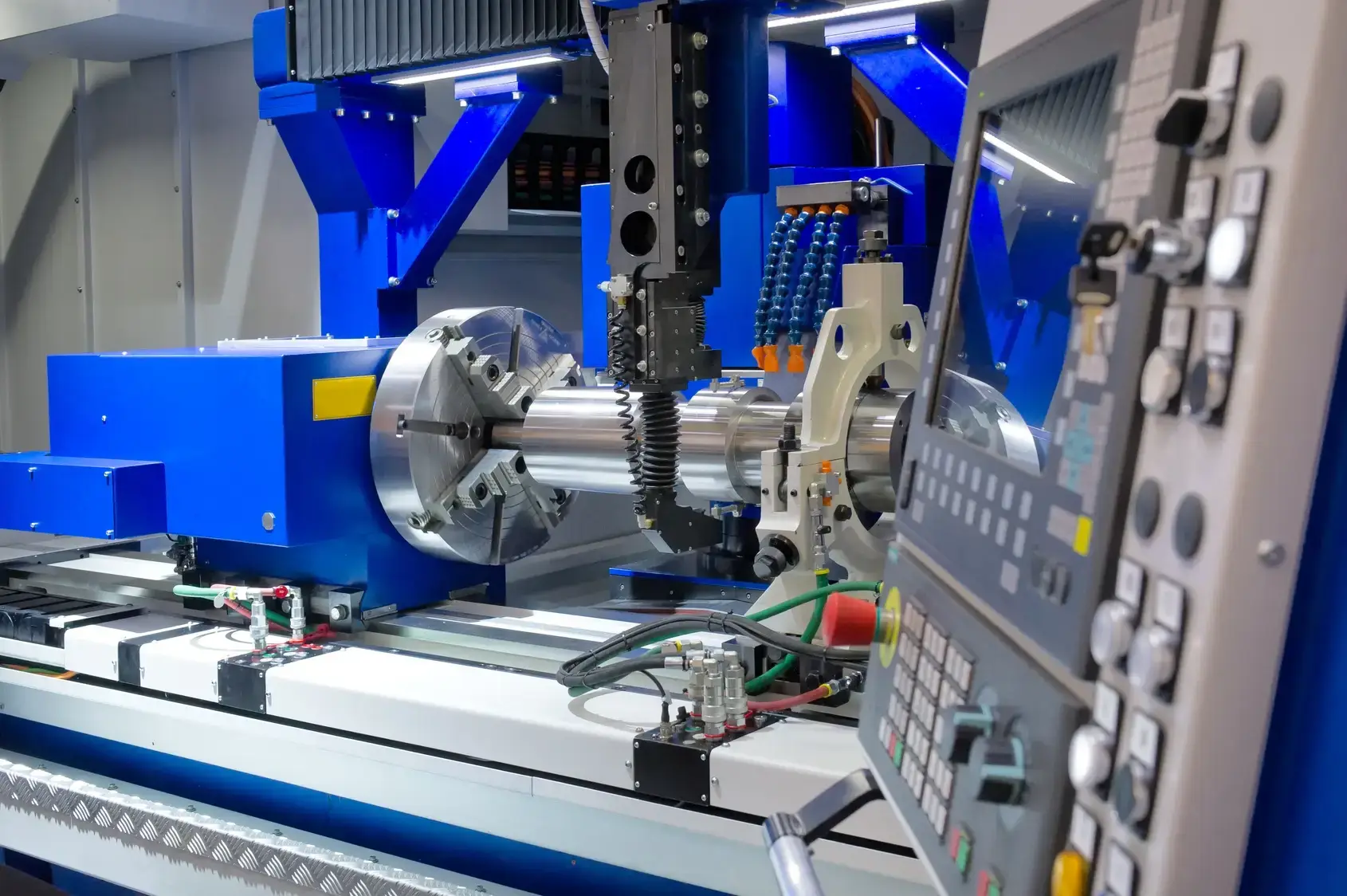Evaluating impact resistance in emergency lighting systems or critical safety lighting.
Evaluating Impact Resistance in Emergency Lighting Systems Ensuring Business Continuity and Safety
In todays fast-paced business environment, ensuring the safety of employees, customers, and assets is a top priority for companies worldwide. One crucial aspect of maintaining a safe working environment is having reliable emergency lighting systems in place. However, with the increasing demands placed on these critical systems, its essential to evaluate their impact resistance to prevent costly downtime and potential losses.
What is Evaluating Impact Resistance in Emergency Lighting Systems?
Evaluating impact resistance in emergency lighting systems involves testing the ability of these systems to withstand various environmental factors, including physical impacts, vibrations, and temperature fluctuations. This comprehensive assessment helps businesses ensure that their critical safety lighting can function reliably even under extreme conditions.
At Eurolab, our laboratory experts offer a state-of-the-art Evaluating Impact Resistance service specifically designed for emergency lighting systems. Our team utilizes advanced testing methodologies to evaluate the performance of these systems in real-world scenarios, providing clients with actionable insights and recommendations to enhance their systems resilience.
Why is Evaluating Impact Resistance Essential for Businesses?
The importance of evaluating impact resistance in emergency lighting systems cannot be overstated. Here are some compelling reasons why businesses should prioritize this critical assessment
Ensures Business Continuity By verifying the impact resistance of emergency lighting systems, companies can guarantee that their operations will not be severely disrupted in case of unexpected events.
Prevents Costly Downtime Inadequate or non-functional emergency lighting can lead to costly repairs, fines, and even business closure. Our Evaluating Impact Resistance service helps identify potential issues before they become major problems.
Enhances Safety Standards By evaluating the performance of emergency lighting systems, businesses can ensure compliance with regulatory requirements and maintain high safety standards for employees and customers.
Mitigates Liability Risks Companies that invest in regular impact resistance testing demonstrate a commitment to safety and can minimize liability risks associated with inadequate emergency lighting.
Key Benefits of Evaluating Impact Resistance
The advantages of evaluating impact resistance in emergency lighting systems are numerous. Here are some key benefits
Improved Reliability By verifying the performance of emergency lighting systems, businesses can enhance their overall reliability and ensure that these critical systems function as intended.
Enhanced Safety Features Our Evaluating Impact Resistance service helps identify potential weaknesses and vulnerabilities in emergency lighting systems, enabling clients to implement targeted upgrades and improvements.
Reduced Maintenance Costs Regular impact resistance testing enables businesses to detect potential issues before they become major problems, reducing maintenance costs and extending the lifespan of their equipment.
Compliance with Regulatory Requirements By evaluating the performance of emergency lighting systems, companies can ensure compliance with regulatory standards and maintain high safety standards for employees and customers.
Frequently Asked Questions (FAQs)
Here are some frequently asked questions about Evaluating Impact Resistance in Emergency Lighting Systems
What types of equipment are typically evaluated as part of this service?
How does the impact resistance testing process work?
Can I request a customized testing program for my specific emergency lighting system?
Will you provide me with actionable recommendations and improvements to enhance my systems resilience?
Conclusion
Evaluating impact resistance in emergency lighting systems is a critical aspect of maintaining a safe working environment. By investing in this comprehensive assessment, businesses can ensure business continuity, prevent costly downtime, enhance safety standards, and mitigate liability risks. At Eurolab, our team of experts offers a state-of-the-art Evaluating Impact Resistance service designed to provide clients with actionable insights and recommendations to enhance their systems resilience.
Dont wait until its too late contact us today to schedule your Evaluating Impact Resistance assessment and ensure the reliability and safety of your emergency lighting systems.
-
Testing lighting devices for resistance to physical impact or damage.
-
Verifying the mechanical robustness of light fixtures under various impact conditions.
-
Testing lighting devices for impact resistance during shipping, handling, and installation.
-
Performing drop tests from specified heights to simulate real-world impact scenarios.
-
Assessing the performance of lighting devices under accidental impact or external shock.
-
Testing the resilience of light bulbs, lamps, and light fixtures to impacts from falling objects.
-
Evaluating the effectiveness of protective covers, lenses, or casings in preventing damage.
-
Measuring the impact of external force on the integrity of LED lights and traditional bulbs.
-
Testing for damage to electrical components after impact, including circuits and connectors.
-
Assessing the impact resistance of lighting systems used in industrial or high-traffic environments.
-
Ensuring that outdoor lighting systems can withstand impacts from debris, hail, or accidents.
-
Testing the durability of recessed lighting and ceiling-mounted fixtures against impact forces.
-
Verifying compliance with relevant safety standards for impact resistance (e.g., IK rating).
-
Assessing impact resistance under extreme conditions such as construction sites or transportation.
-
Testing for any reduction in light output or fixture functionality after impact.
-
Testing whether the glass or plastic components crack or shatter upon impact.
-
Measuring the impact resistance of lighting systems in cold or freezing environments.
-
Testing the reliability of impact-resistant fixtures used in public spaces like stadiums or airports.
-
Testing impact resistance for explosion-proof or hazardous location lighting fixtures.
-
Ensuring that impact-resistant lighting devices are fit for use in high-risk areas.
-
Testing how impact resistance affects the overall safety and functionality of lighting devices.
-
Evaluating the long-term effects of repeated impacts on lighting systems.




